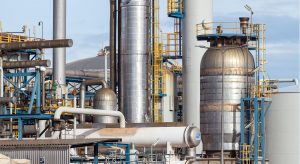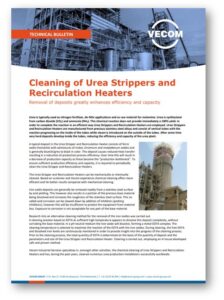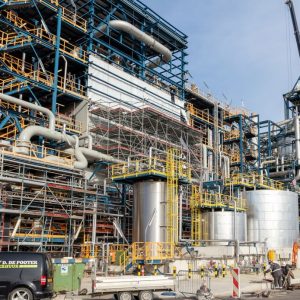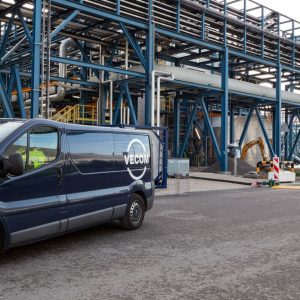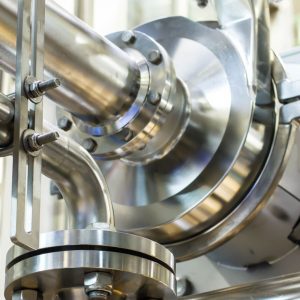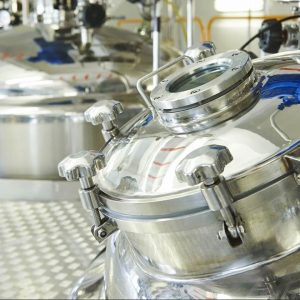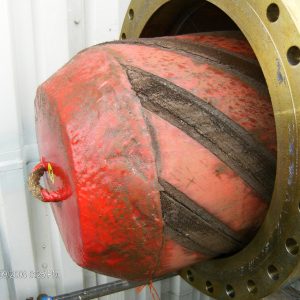Deposition causes a less efficient production process
The urea substance is used, among other things, as fertilizer and raw material for the plastics industry. Urea is synthesized from carbon dioxide (CO2) and ammonia (NH3). A so-called "urea stripper" is used to complete the reaction.
A urea stripper is made of stainless steel alloy and consists of a vertical tube system where the reaction takes place on the inside of the tubes, while steam is introduced on the outside.
Reduced heat transfer
After some time, a typical deposit is formed in the urea stripper, consisting of iron III oxide (hematite) with admixtures of nickel, chromium and molybdenum oxides. This is usually gray to black in color. The consequence of this deposit is a reduced heat transfer, making the production process less efficient.
Specialist approach
Normally, iron oxide deposits can be easily removed from a stainless steel surface by pickling with an acid. This however also results in a very small portion of the base material being dissolved. This increases the roughness of the stainless steel surface, which is not desirable in urea strippers.
The solution
A cleaning method based on EDTA appears to completely dissolve this deposit at high temperature and does not affect the underlying base material. We have written an interesting Technical Bulletin on this topic:
Brochure cleaning solutions for the fertilizer industry
Vecom Industrial Services provides advanced chemical technical cleaning solutions when traditional methods no longer achieve the required cleanliness. This brochure provides a detailed picture of what Vecom can do for the fertilizer industry. Interested in receiving a free copy?
